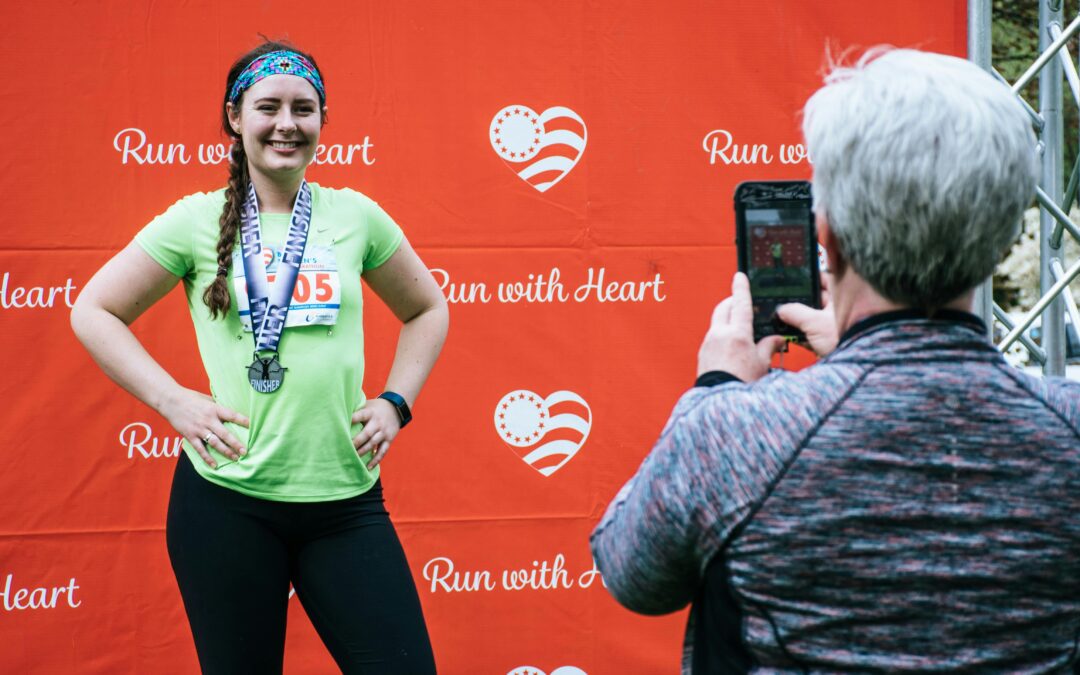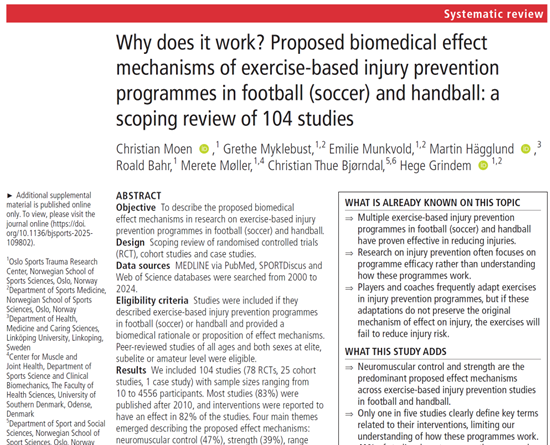After spending over two decades treating injured athletes, there’s one statistic that keeps me awake at night: 40-50% of young athletes quit sports every single year.
That’s not a typo. Nearly half of the kids playing sports this season will walk away before next year begins. And here’s what breaks my heart—it’s rarely because they stopped loving their sport.
The Real Reason Athletes Quit
Through my work at The Healthy Athlete Project, I’ve discovered that most young athletes don’t leave because they lack talent or passion. They leave because:
- Their bodies broke down from preventable injuries
- They burned out from unsustainable training loads
- Nobody recognized the warning signs until it was too late
- The system prioritized short-term wins over long-term athlete development
I think about Sara, a 14-year-old soccer player who came to see me with chronic knee pain. Nothing dramatic—just a nagging ache that wouldn’t go away. We treated her pain successfully, but I noticed something troubling in her movement patterns. Her mechanics weren’t supporting the demands of her sport.
I tried to explain this to Sara and her parents. I recommended that we address the underlying movement dysfunction before she returned to play. But her pain was gone, so they felt the problem was solved.
Six weeks later, Sara tore her ACL.
By age 16, after three knee surgeries, Sara quit soccer completely. Not because she didn’t love the game anymore, but because her body couldn’t keep up with demands it was never properly prepared for.
We’re Asking the Wrong Questions
Most youth sports programs focus on access—removing cost barriers, building facilities, reaching new kids. These efforts matter, but they miss the bigger picture.
We can’t solve participation rates by focusing only on the front door when half our athletes are walking out the back door every year.
Instead of asking, “How do we get more kids to play?” we should be asking:
- What are we missing that would help young athletes stay healthy?
- How can we identify risk factors before they become injuries?
- What does sustainable athletic development actually look like?
The Cost of Missing the Signs
The financial impact of sports injuries in youth athletics is staggering—over $1.8 billion annually in medical costs alone. But the real cost isn’t measured in dollars. It’s measured in:
- Dreams deferred or abandoned entirely
- Confidence shattered by preventable setbacks
- Young people who lose their connection to physical activity
- Families dealing with the emotional toll of watching their child struggle
Every athlete who quits due to injury or burnout represents a system failure. We had the opportunity to intervene, to redirect, to support—and we missed it.
The Path Forward
At The Healthy Athlete Project, we believe every young athlete deserves better. They deserve:
- Proactive assessment that identifies risk factors before they become problems
- Education about proper training, recovery, and injury prevention
- Individualized programs that match their developmental stage and sport demands
- Support systems that prioritize long-term health over short-term performance
The good news? Most sports injuries in young athletes are predictable, which means they’re preventable. We have the knowledge and tools to keep kids healthy and in the game. We just need to start using them.
Your Next Step
If you’re a parent, coach, or young athlete reading this, ask yourself: Are we doing everything possible to ensure this athlete can play not just this season, but for years to come?
The answer to youth sports’ retention crisis isn’t finding more kids to replace the ones who quit. It’s creating an environment where young athletes can thrive, grow, and stay connected to the sports they love.
Because every young athlete deserves the chance not just to play—but to stay.





0 Comments